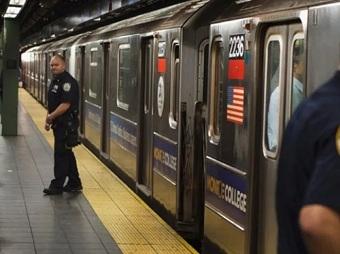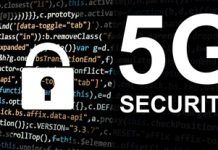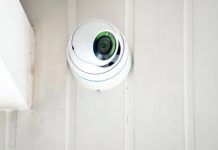In the aftermath of a mass shooting on a New York City subway train, the mayor floated a high-tech idea: deploy scanners that can spot someone carrying a gun into the transit system before they have a chance to use it. The technology to scan large numbers of people quickly for weapons does exist, and is used now to screen people at places like sports stadiums and theme parks.
But security experts say installing such a system in the city’s sprawling, porous subway system in a way that would make a difference would be difficult, if not impossible. The problem wouldn’t necessarily be the technology but rather the reality that scanners need to be accompanied by human operators to confront people carrying firearms illegally.
Logistically, it would be a nightmare. You’re going to have to tie up a lot of officers doing this, said James Dooley, a retired New York Police Department captain who served in the department’s transit division. We have hundreds of stations, and the fact of the matter is that putting someone at every entrance to every station is logistically impossible.
Mayor Eric Adams, a former police captain, has acknowledged the challenges but has said the system might still be worth trying at select locations as a deterrent. We want to be able to just pop up at a station someplace so people don’t know it’s there, the Democrat said, similar to what we do when we do car checkpoints.
The push for better subway security got renewed urgency in April after a gunman set off smoke bombs and sprayed a subway compartment with shots, wounding 10 people. Then, on May 22, another gunman killed a passenger in what authorities said appeared to be a random attack.
A day after that killing, Adams again expressed interest in weapon-screening technology. And soon, mass shootings in Buffalo, New York, and Uvalde, Texas, intensified the debate over how to address gun violence. In the New York City subway, the screening wouldn’t resemble airport checkpoints, an untenable solution for a system with 472 stations, all with multiple entrances.
Instead, Adams referenced a technology that uses sensors to detect metal but also can determine the shape of an object, such as a gun, while people pass by uninterrupted.
Evolv, a Boston-area company, uses the technology at facilities including pro sports stadiums in Atlanta and Nashville, the Georgia Aquarium in Atlanta and, in a recent test, at New York’s Lincoln Centre for the Performing Arts, though not in any mass transit systems.
The screeners can scan 3,600 people per hour, according to the company. They also can produce false positives from items such as Chromebooks, though.








